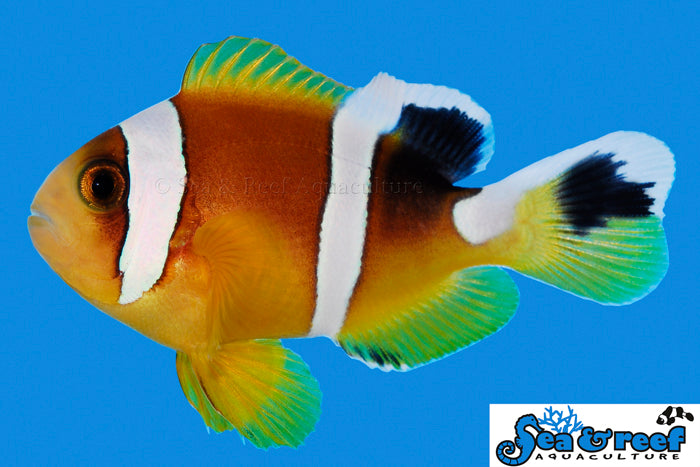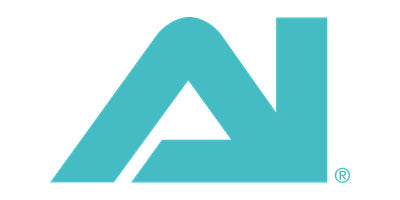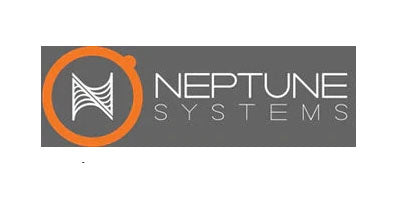Your Cart
From the Breeder
Name:
Red Sea Clownfish
Maximum Size:
5.5” (14 cm)
The Red Sea Clownfish is the most common clownfish in the Red Sea. Its coloration is yellow to honey brown. The juvenile coloration varies from the adult coloration with the caudal (tail) fin having yellow, white and black coloration in juveniles and only yellow coloration as adults. The Red Sea Clownfish has two white vertical stripes – one head stripe and a stripe on the middle of its body. The first head stripe is wedge shaped and is wider at the top than the base. As the fish mature the white stripes develop a beautiful blue hue. Many clownfish species have two body stripes, but few have a wedge shaped head stripe like the Red Sea Clownfish. The Red Sea Clownfish is a member of the clarkii complex and females can grow up to 5.5” (14 cm) as adults. The reproductive biology of the Red Sea Clownfish was studied extensively in the 70s and it has been documented that under the right circumstances a male can switch sex to a female in as little as 26 days. Red Sea Clownfish bond with many different host anemones (see “Aquarium Host Anemones” below) and in their natural environment they often share their anemone with groups of juvenile Domino Damselfish (Dascyllus trimaculatus).
Red Sea, Gulf of Aden and Chagos Archipelago.
Temperament & Captive Care
The Red Sea Clownfish is known for being very active in a saltwater aquarium, which makes them attractive and a good choice for a larger display aquarium. They are generally peaceful, but grow to a large size and can become territorial when established as a mature pair. It is recommended to house Red Sea Clownfish in an aquarium with a minimum of 30 gallons of water.
Red Sea clownfish have a healthy appetite. Most clownfish are omnivorous feeders, meaning that they will consume a variety of different food types. In nature the diet of clownfish consists of crustaceans (such as copepods and amphipods), algae, polychaete worms and leftovers from the anemone’s meal. Our captive bred fish are conditioned to eat a variety of aquarium diets including pellets, flake food, frozen Mysis shrimp, and frozen brine shrimp.
Natural Host Anemones
The primary host anemone for the Red Sea Clownfish is the Bubble Tip Anemone (Entacmaea quadricolor), but it is also found in the Beaded Anemone (Heteractis aurora), the Sebae Anemone (Heteractis crispa), the Magnificent Sea Anemone (Heteractis magnifica) and Haddon’s Carpet Anemone (Stichodactyla haddoni).
Aquarium Host Anemones
Clownfish do not require host anemones to survive or thrive. However, in most cases they will readily accept them. The Red Sea Clownfish will accept most host anemones. A good choice is the Bubbletip Anemone (Entacmaea quadricolor), which is popular and hardy. Also, it is the primary natural host anemone for the Red Sea Clownfish.
Popular Fish
-
Orchid Dottybacks
$39.99$44.99 -
Neon Dottybacks
$39.99$44.99 -
Longfin Phantom Clownfish
$274.99







